Deann Gayman, April 24, 2024
Extension co-creating a better tomorrow for Nebraska
Nebraska spans 430 miles east to west, totaling 77,327 square miles, with a population of 1.96 million people. And the University of Nebraska–Lincoln impacts every corner of the Good Life through Nebraska Extension.
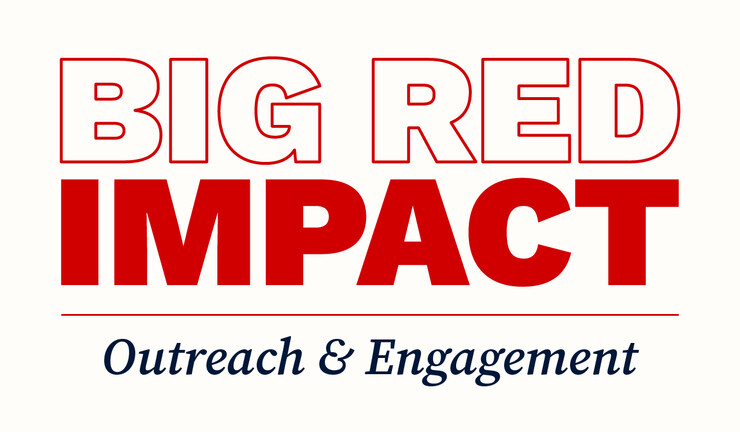
Nebraska Extension is the connective tissue between the campuses of the state’s land-grant university and its 93 diverse counties. With 83 offices and four research centers established, Extension professionals, through programming efforts, make available the latest research, best practices and expertise in wide-ranging topics — from agriculture resiliency and entrepreneurship to nutrition and early childhood development. Extension professionals live in the communities they serve, rolling up their sleeves to help make communities, farms, businesses and individuals stronger.
As reported by the Office of the President of the University of Nebraska, every dollar invested in Nebraska Extension returns 300% via economic growth. The Institute of Agriculture and Natural Resources, which oversees Nebraska Extension, alone generates $15 for every dollar of Nebraska tax investment. And Extension’s outreach played a pivotal role in earning the University of Nebraska–Lincoln a community engagement classification from the Carnegie Foundation in January.
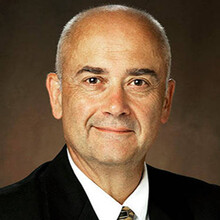
“We exist to help Nebraskans co-create a better tomorrow,” said Charles Stoltenow, dean and director of Nebraska Extension. “It’s inspiring to wrap your arms around everything we do for the state through Extension.”
Nebraska Extension was founded by Congress 110 years ago, in 1914. It grew out of the concept that the state’s land-grant institution could and should provide training and expertise to the state’s residents. That mission — engaging with Nebraskans wherever they are, connecting them with the resources, research and innovation of the University of Nebraska — has remained the north star through over a century of service. Methods of dissemination have drastically changed, as Extension connects with Nebraskans through hands-on programs, webinars, conferences, tours, online learning and more.
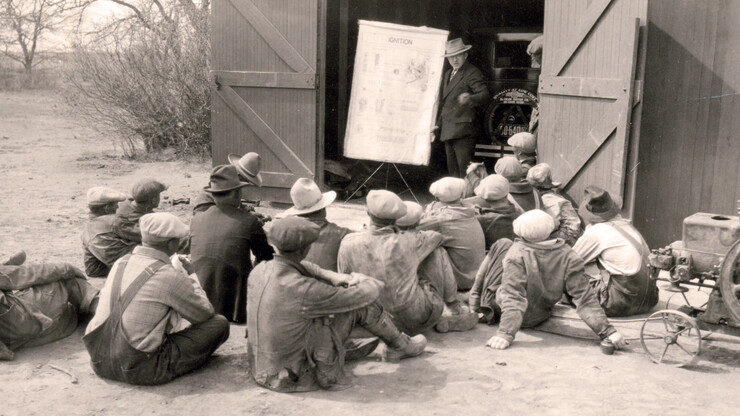
An extension agent meets with a group of rural Nebraskans, discussing how an ignition engine works, in this undated photo from the University Archives and Special Collections.
While Extension programs and expertise run the gamut, the institution focuses on the Big 3 Strategic Directions: strengthening Nebraska agriculture and food systems; inspiring Nebraskans and their communities; and enhancing the health and well-being of all Nebraskans.
Stoltenow said the Big 3 were identified through conversations with Nebraskans, university stakeholders, policymakers and its own faculty. The Big 3 are based on five themes that emerged in these discussions:
- Developing a skilled workforce;
- Enhancing health and wellbeing;
- Creating statewide economic vitality;
- Retaining and attracting young people;
- And leveraging the state’s strengths for sustained success.
“Nebraska is consistently having these five conversations,” Stoltenow said. “They are top of mind, and the Big 3 cover these areas and all of Nebraska.”
The real-world impacts in each of the Big 3 are tangible. For example, eCommunities, an entrepreneurship program founded in 2021, has benefited small businesses. Since 2020, the revenues of 129 eCommunities-supported businesses increased by $2.44 million. From just April to September 2023, the revenues of 33 of these businesses increased $638,000. Collectively, 69 full-time and 59 part-time jobs have been added.
Extension staff and programs have been at the forefront of establishing agricultural practices to help ag producers save money and resources. For example, Extension resources have made the adoption of precision agriculture a reality for many producers. In the area of pest management, Extension developed tactics for managing soybean gall midge, which were discovered in 2018. By 2023, Extension engaged 570 clients in eight states and two Canadian provinces to receive alerts related to gall midge monitoring and control.
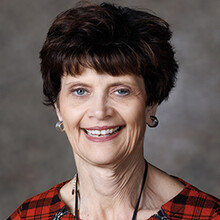
“Precision agriculture will continue to be a focus for us, as the input costs on ag products is high,” said Kathleen Lodl, associate dean and Nebraska 4-H program leader. “We’re helping producers best utilize those resources. That extends to homeowners, where we might advise landscaping and grasses that don’t use excessive amounts of water and are able to survive Nebraska’s climate.”
In the realm of youth development, one in every three Nebraska children are reached through 4-H, which research has shown increases their confidence and keeps them civically engaged throughout their lifetimes. Next Chapter, the college and career success program, has already reached 4,400 high school students in 85 schools. The program helps prepare students for life after high school graduation.
Lodl said the 4-H and career and college readiness pieces are increasingly important in growing the leaders and workforce of tomorrow.
“(The College and Career Success program) has really ramped up because the need is so high, certainly with an increasing number of first-generation college students,” Lodl said. “We know if students get uninformed advice early on, it can change their lives and limit their opportunities. We try to help them make sure their trajectory — the classes they’re taking, the activities they’re participating in — aligns with their educational and career goals.”
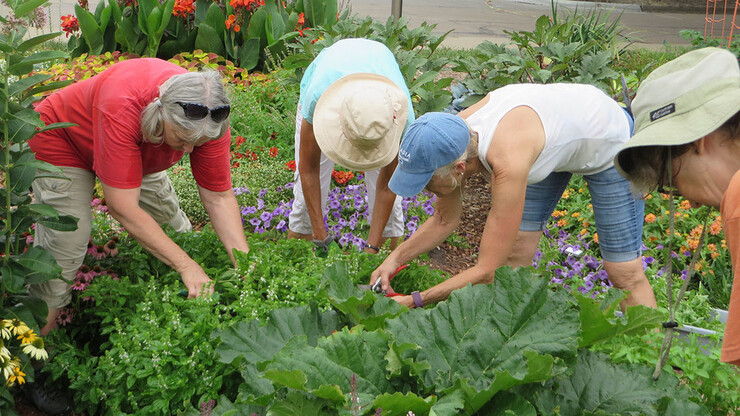
Here’s a look at some of the recent successes and impacts under the Big 3:
Strengthen Nebraska agriculture and food systems
- $500,000 was gained by beef industry participants in the Ranch Practicum program, a three-season, hands-on educational program offering the skills and education needed in today’s complex ranching industry.
- 8.32 million acres are farmed or managed by participants of the Nebraska On-Farm Research Network. The network works side-by-side with Extension to research best practices for agriculture production.
- NFarms, an initiative to bring precision agriculture tools to more producers, was launched in 2024. While still in its infancy, this initiative will enable Nebraska producers to engage in research opportunities that will benefit their production practices, most effectively use resources, and increase their bottom line.
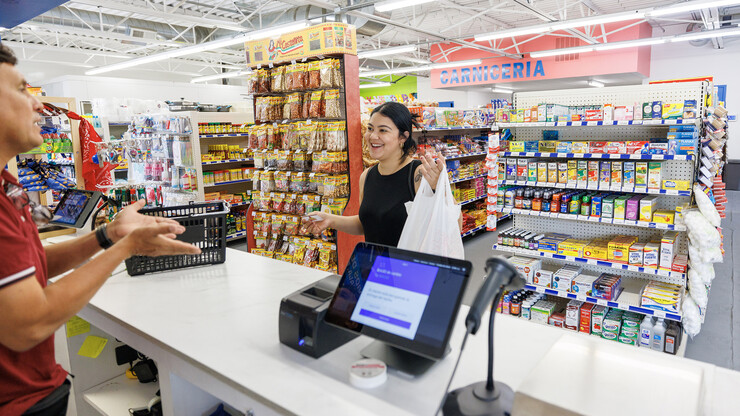
Inspire Nebraskans and their communities
- 9,027 early childhood educators have enhanced their skills through programming, impacting 144,605 children.
- FIRST Lego League, a program of Nebraska 4-H, enrolled 80 teams in 2023, consisting of 576 youths. The Lego League inspires youth to learn about topics in science, math, engineering and technology.
- Through Extension’s Double Up Food Bucks program, Nebraska families put more healthy foods on the table, local farmers and grocers increased fresh produce sales and both rural and urban communities experienced greater food security. In 2023, 3,368 families purchased fresh produce using $251,857 in earned “food bucks.”
- Rural Prosperity Nebraska is actively engaged with communities to help find solutions to the shortage of child care options. The program helped expand options in Grand Island, Ord and Valentine
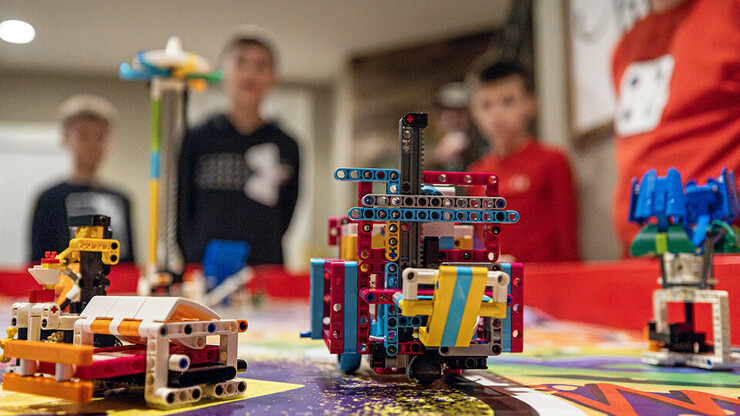
Enhance the health and wellbeing of all Nebraskans
- Master Gardener volunteers completed 30,000 hours, valued at $885,000. An estimated 56,000 pounds of produce was grown and donated to Nebraska communities, totaling $111,400.
- The Nebraska Cooperative Development Center has helped four communities open grocery co-ops in Nebraska in the past two years. Since 1999, the center has worked with 157 communities on more than 300 projects, including forming 17 grocery co-ops, two business associations, seven nonprofits and 44 companies.
- Rural Prosperity Nebraska is leading the Heartland Regional Foods Business Center, thanks to a $25 million grant from the U.S. Department of Agriculture. The center is serving Nebraska, Missouri, Kansas, Oklahoma and Iowa, forming farm-to-table connections between producers, companies and communities, ensuring fresh food is available everywhere.
Nebraska Extension professionals are available to all of Nebraska to help achieve individual or collective goals.
“The overarching mission is helping Nebraska thrive — that is, in a nutshell, what we’re about,” Lodl said. “And that’s where true engagement comes in. We bring researchers and content from across campuses and provide an open door to have conversations. People in communities often have no idea the resources and knowledge available to them. We’re building that pathway and working to co-create solutions to their problems.”
Video: Seeing Nebraska: A look at Extension across the state





